What are the disadvantages of e-bikes?

1. Maintenance cost
Battery life: The battery of an E-Bike is one of its key components, but the battery has a limited life and needs to be replaced regularly. This increases the maintenance cost of an E-Bike.
Professional repair: Since E-Bike integrates high-tech components, more professional knowledge and skills may be required in terms of repair and maintenance. This may result in relatively high repair costs and the need to find a professional repair shop or service provider.
2. Regulatory restrictions
Regional differences: There are differences in regulatory restrictions on E-Bikes in different countries and regions. Some regions may have strict regulations on the power, speed, weight, etc. of E-Bikes, which may result in some E-Bikes being unable to legally go on the road in certain areas.
License and insurance: Some countries and regions require E-Bikes to be licensed and insured, which increases the economic burden and cumbersome procedures for riders.
3. Riding experience
Limitations of power assistance: Although E-Bikes provide electric assistance, in some cases (such as uphill or against the wind), riders may feel that the power assistance is not strong enough, affecting the riding experience.
Noise and vibration: Some E-Bikes may produce some noise and vibration when the motor is working, which may affect the rider's comfort and experience.
In summary, E-Bike has some disadvantages in terms of price, weight, endurance, maintenance cost, regulatory restrictions, and riding experience. However, these disadvantages are not enough to cover up the advantages of E-Bike in environmental protection and energy saving, healthy travel, convenience and efficiency. For consumers who pursue high-quality life and healthy travel methods, E-Bike is still a means of transportation worth considering.
Battery life: The battery of an E-Bike is one of its key components, but the battery has a limited life and needs to be replaced regularly. This increases the maintenance cost of an E-Bike.
Professional repair: Since E-Bike integrates high-tech components, more professional knowledge and skills may be required in terms of repair and maintenance. This may result in relatively high repair costs and the need to find a professional repair shop or service provider.
2. Regulatory restrictions
Regional differences: There are differences in regulatory restrictions on E-Bikes in different countries and regions. Some regions may have strict regulations on the power, speed, weight, etc. of E-Bikes, which may result in some E-Bikes being unable to legally go on the road in certain areas.
License and insurance: Some countries and regions require E-Bikes to be licensed and insured, which increases the economic burden and cumbersome procedures for riders.
3. Riding experience
Limitations of power assistance: Although E-Bikes provide electric assistance, in some cases (such as uphill or against the wind), riders may feel that the power assistance is not strong enough, affecting the riding experience.
Noise and vibration: Some E-Bikes may produce some noise and vibration when the motor is working, which may affect the rider's comfort and experience.
In summary, E-Bike has some disadvantages in terms of price, weight, endurance, maintenance cost, regulatory restrictions, and riding experience. However, these disadvantages are not enough to cover up the advantages of E-Bike in environmental protection and energy saving, healthy travel, convenience and efficiency. For consumers who pursue high-quality life and healthy travel methods, E-Bike is still a means of transportation worth considering.




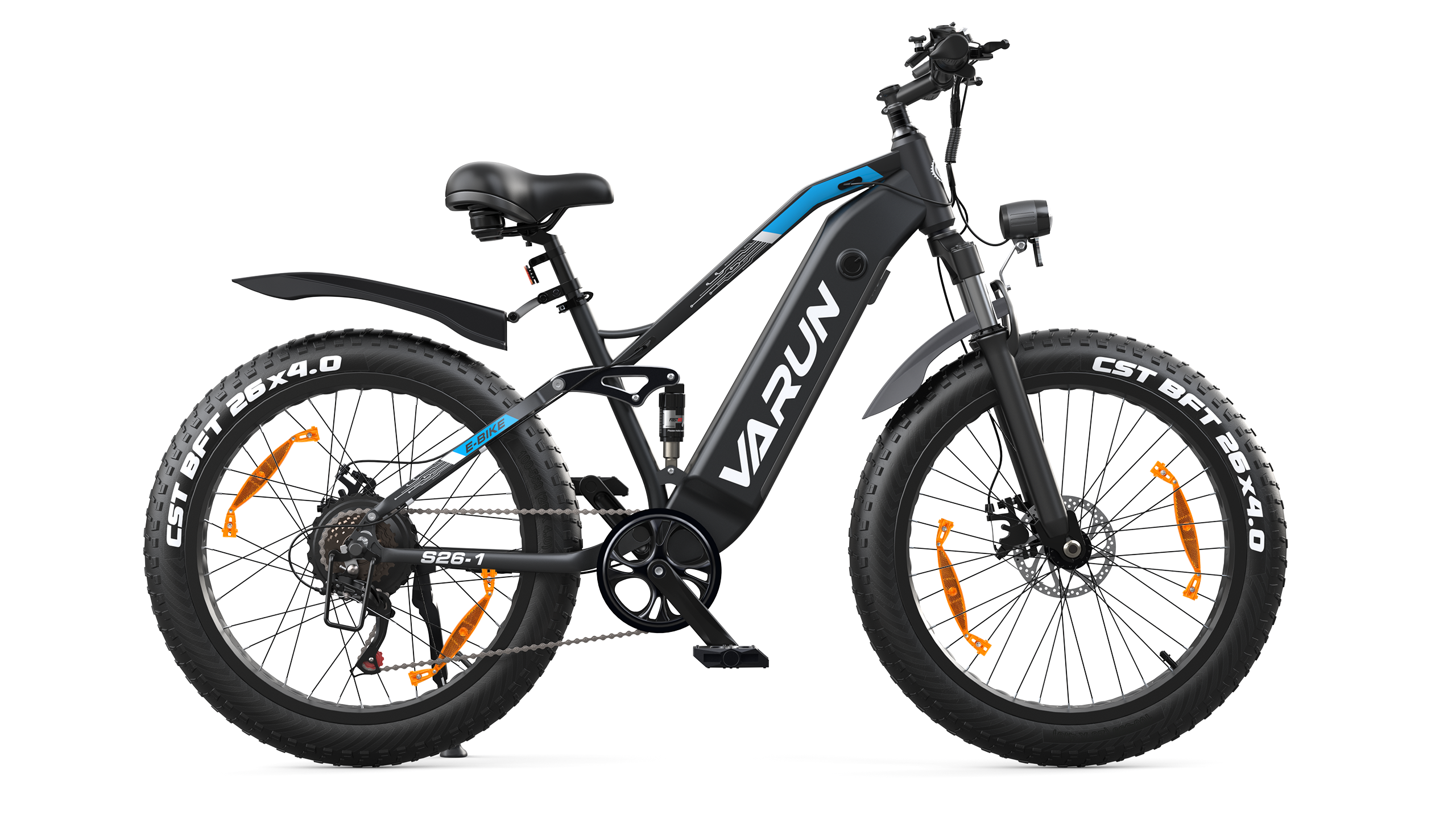
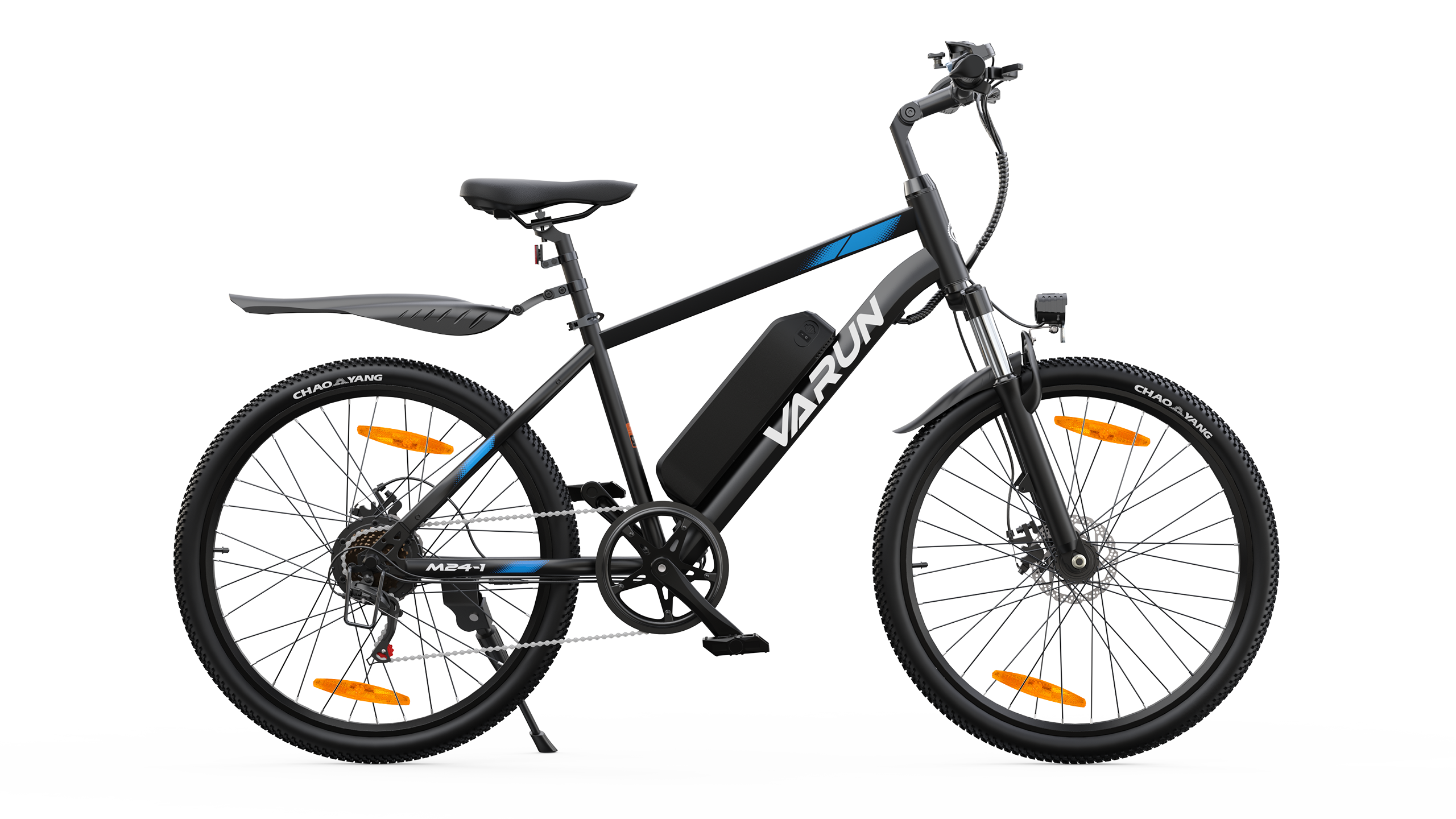






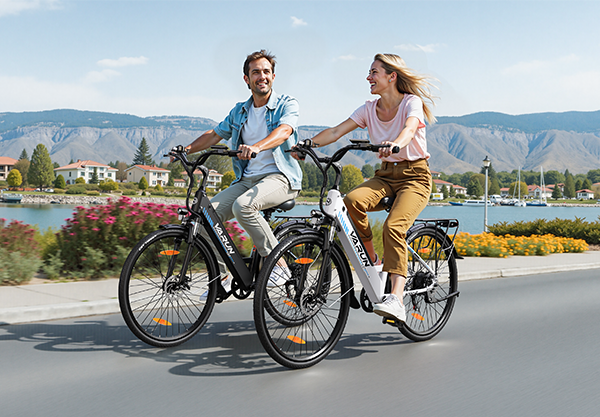

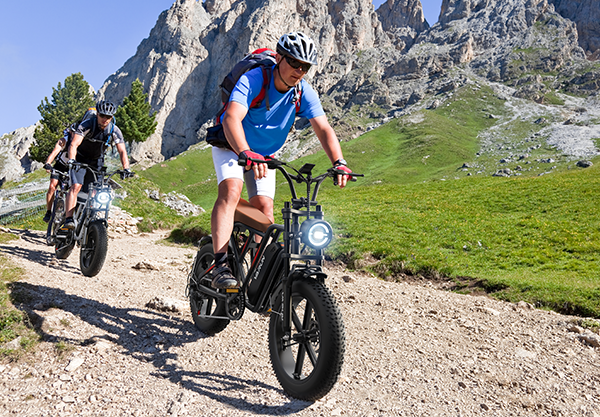

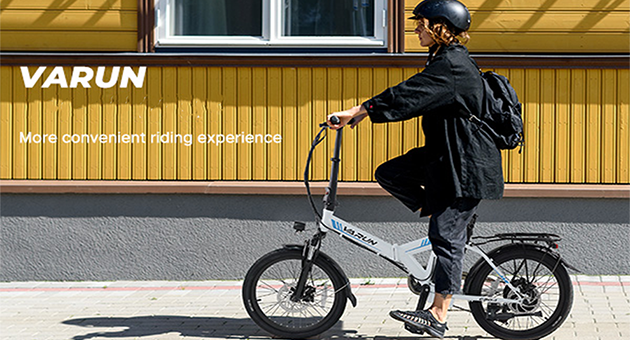


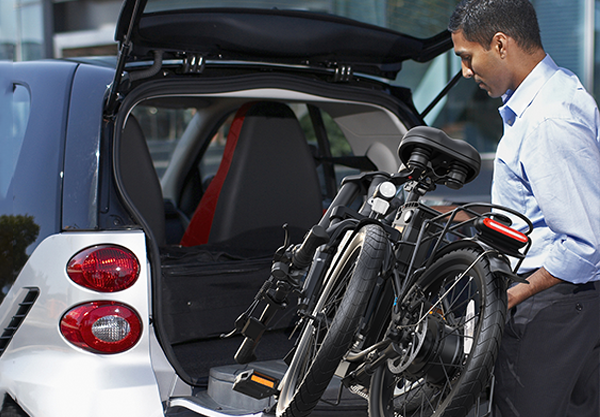







Laissez un commentaire